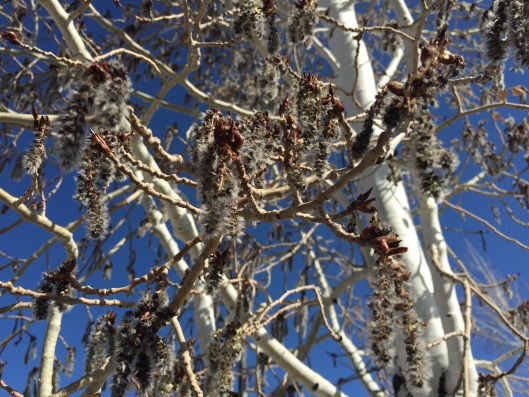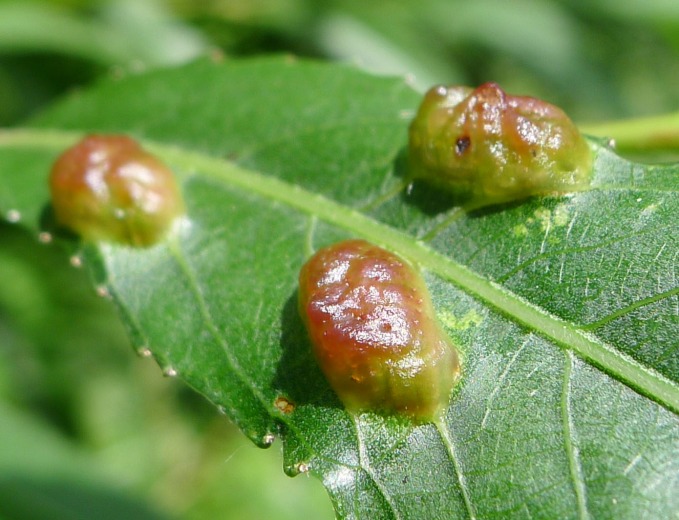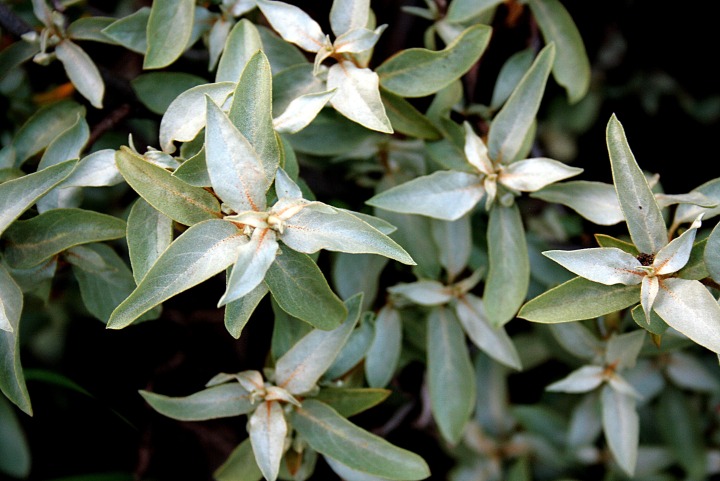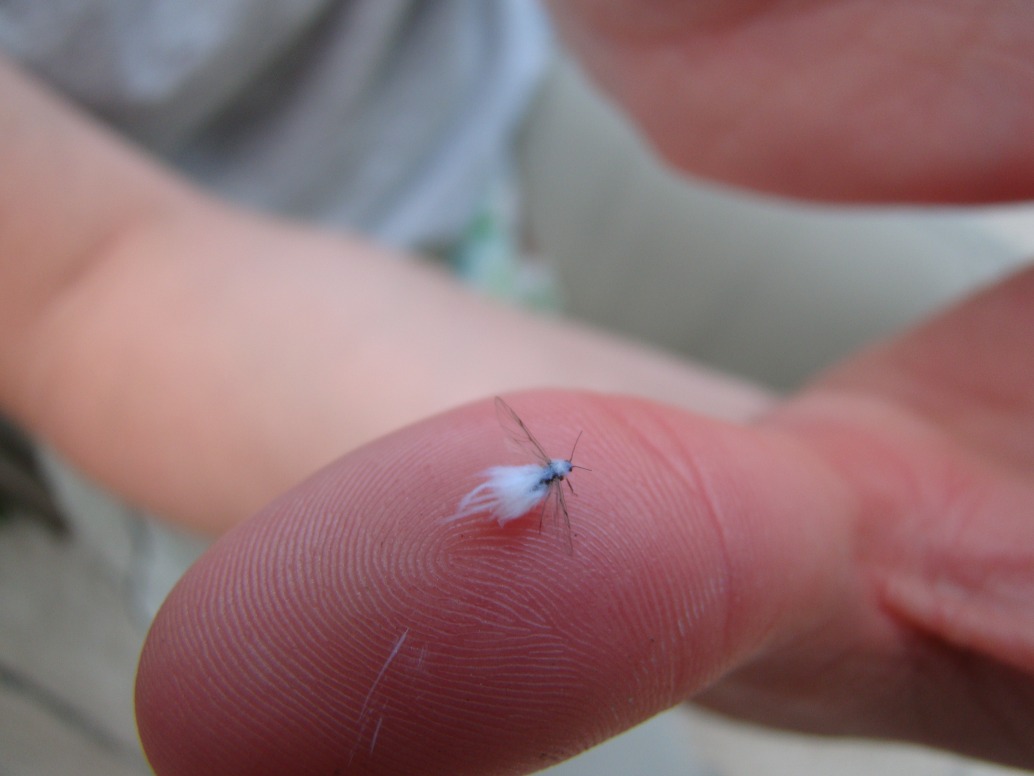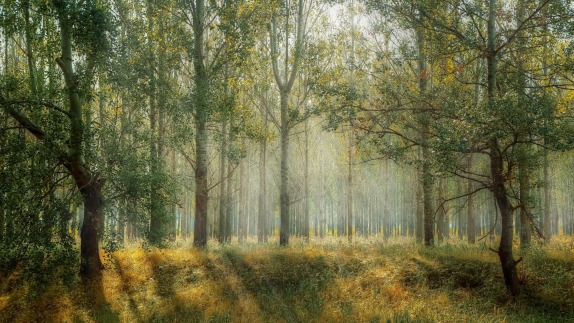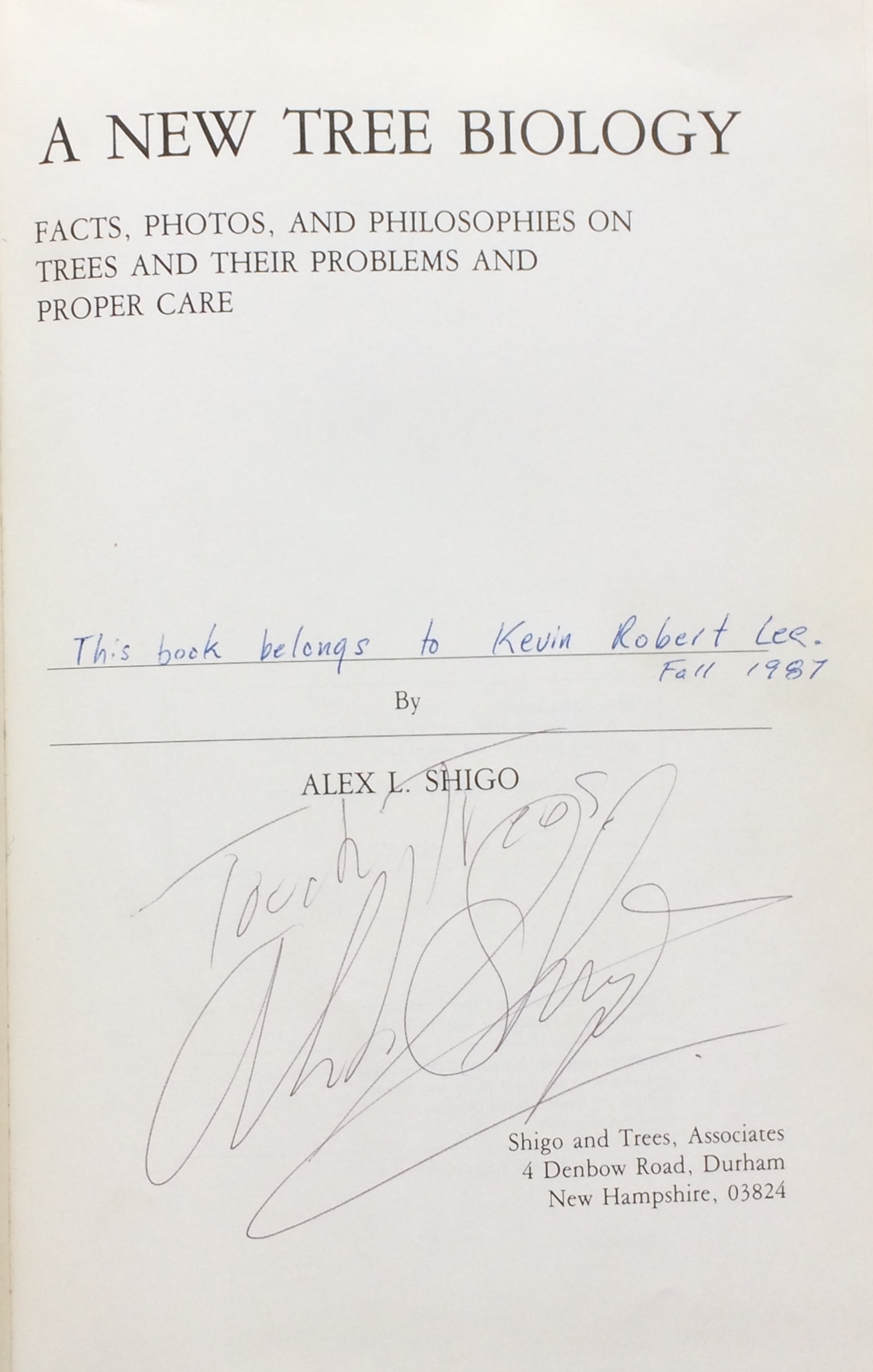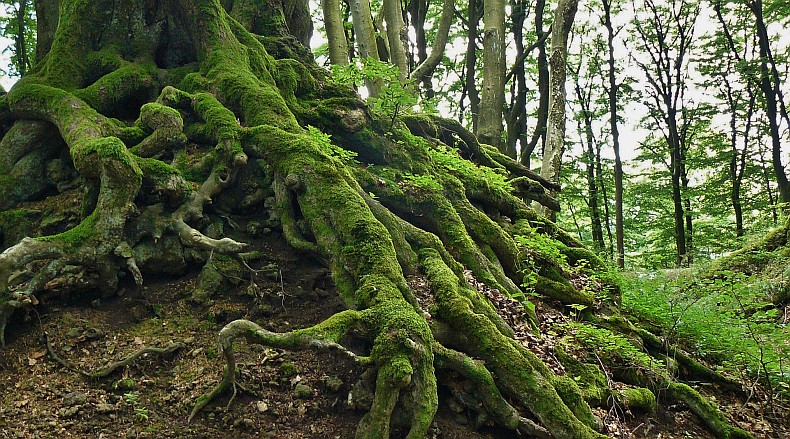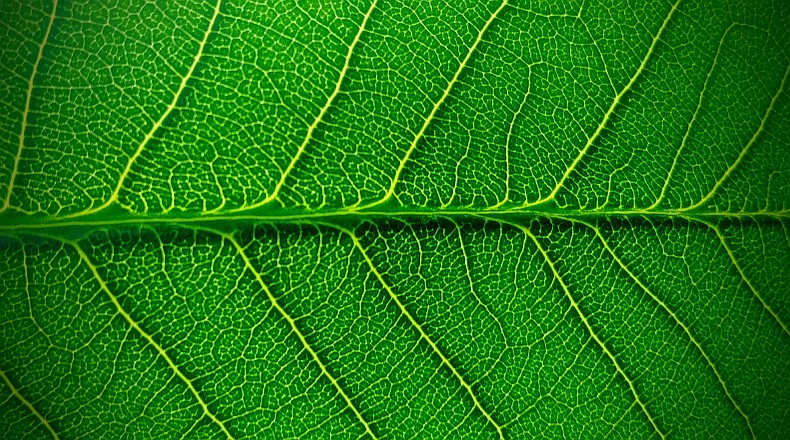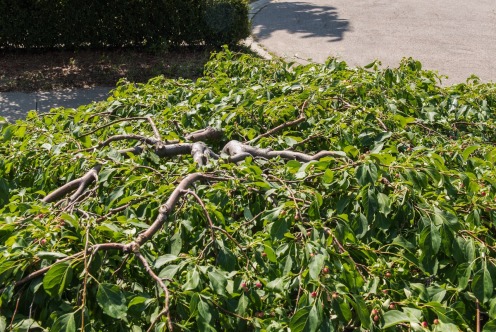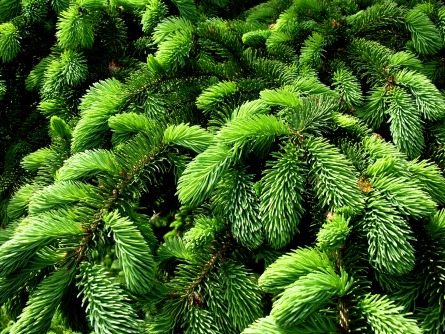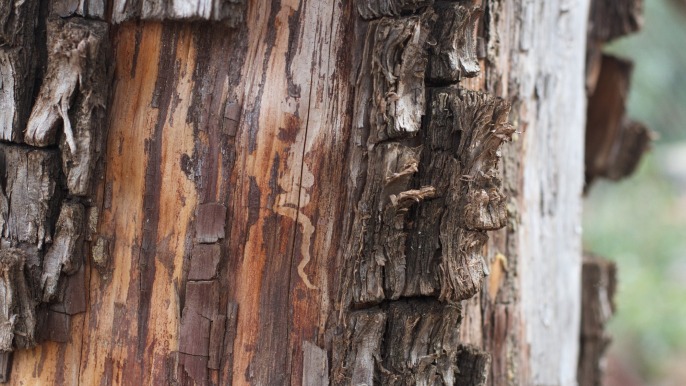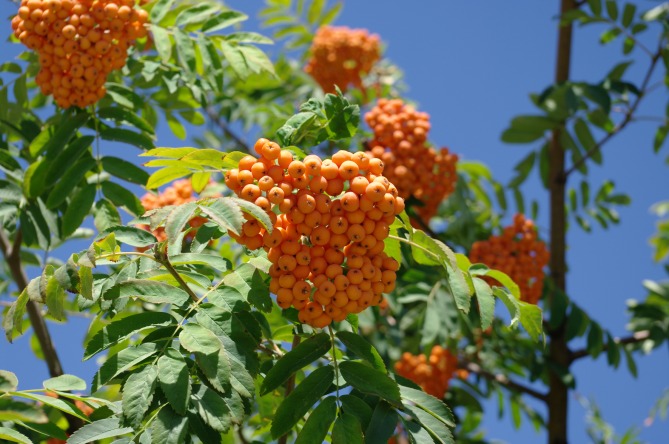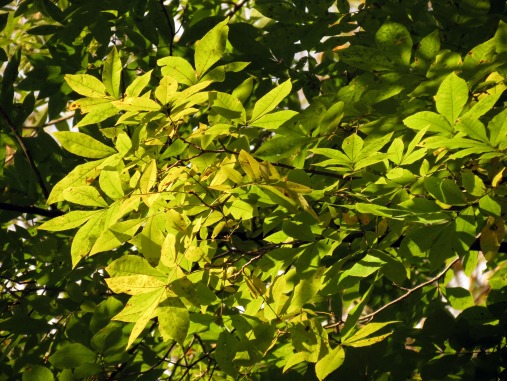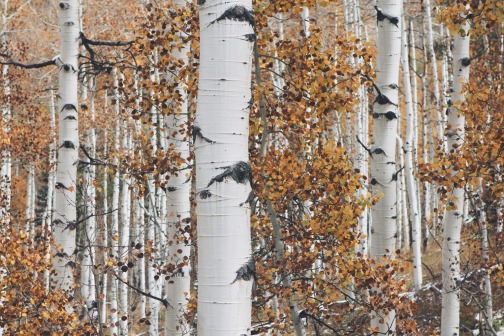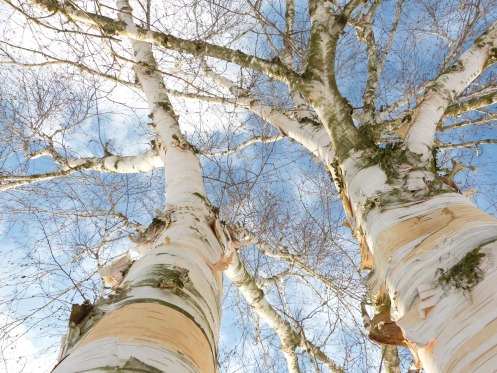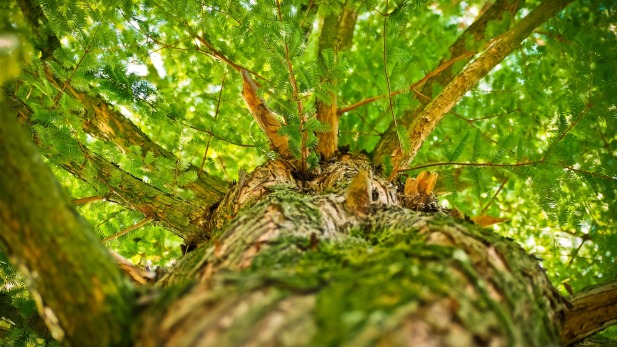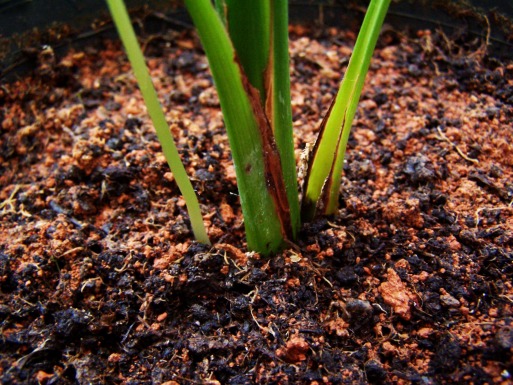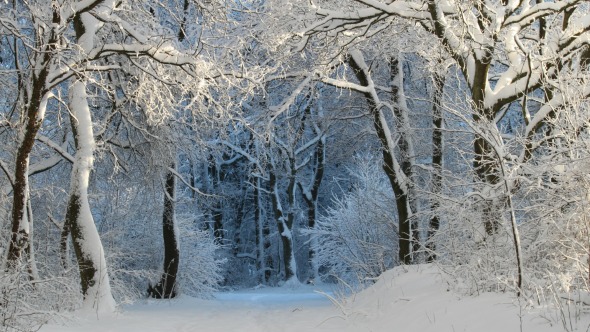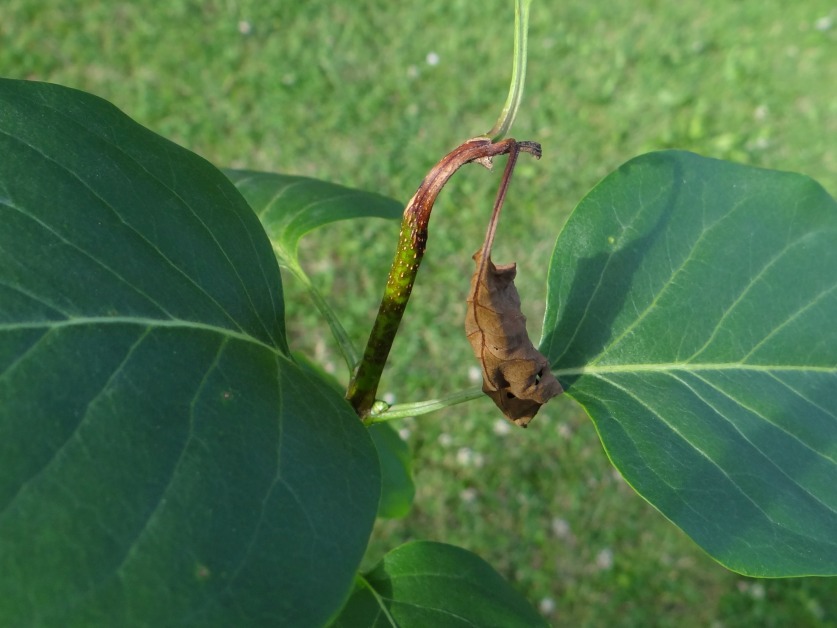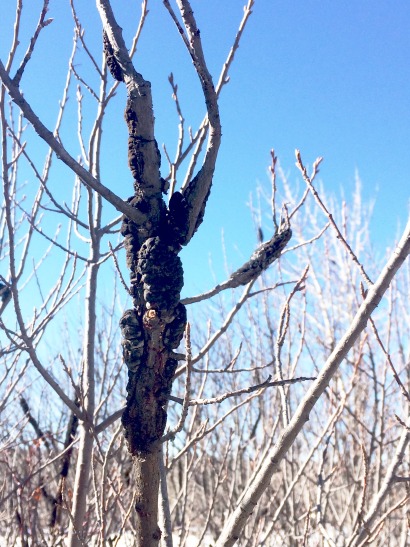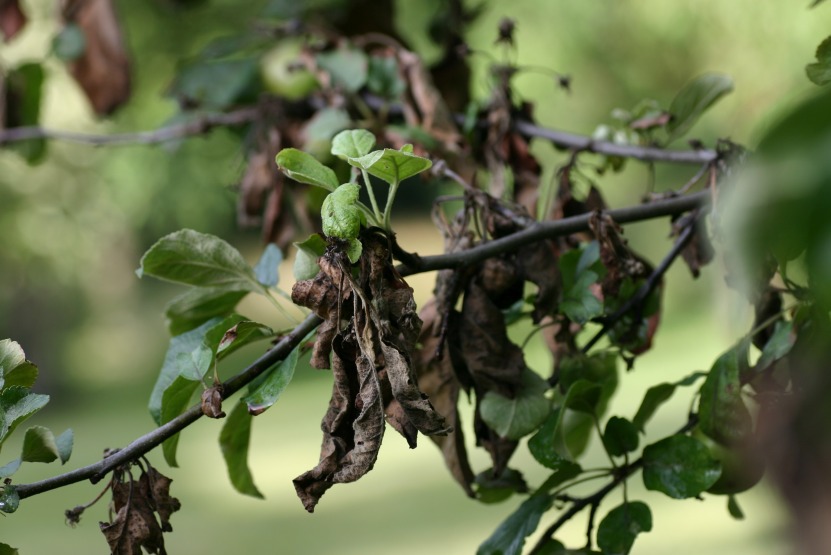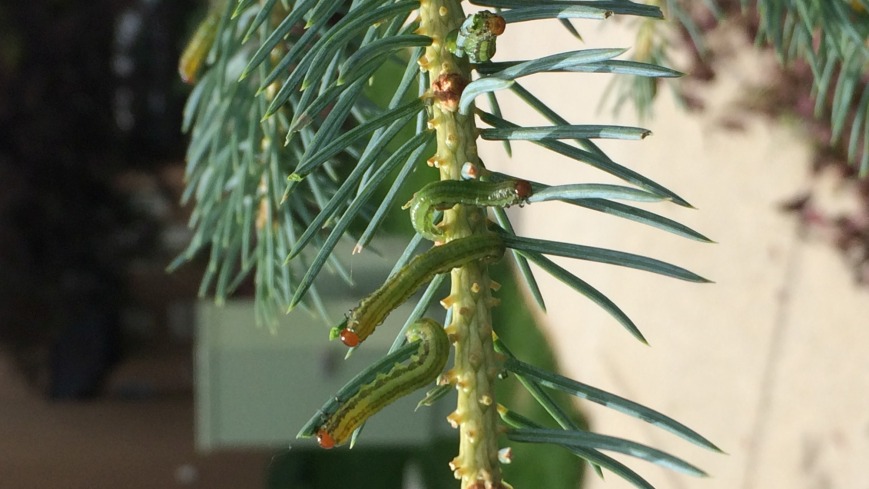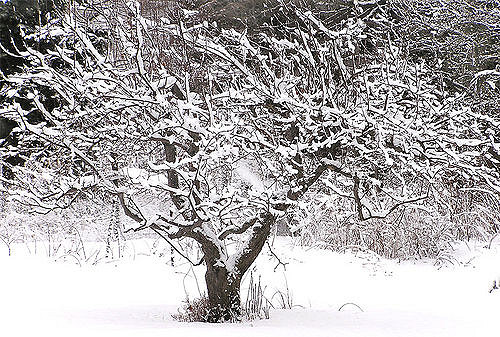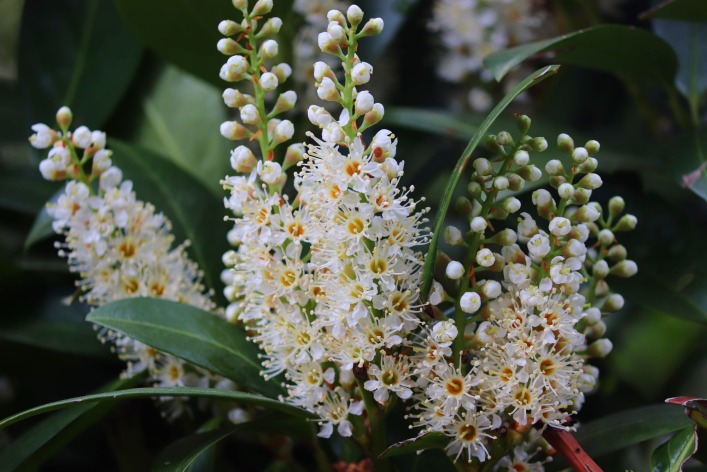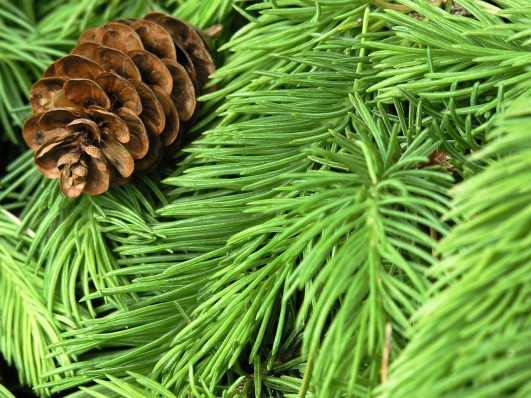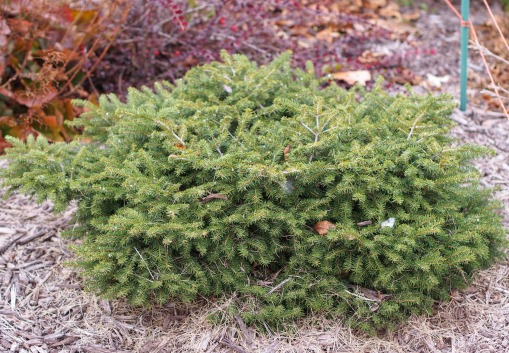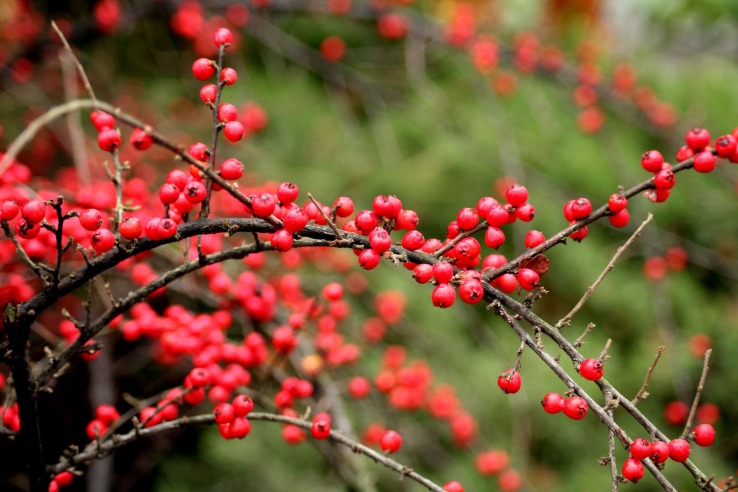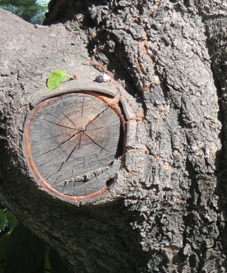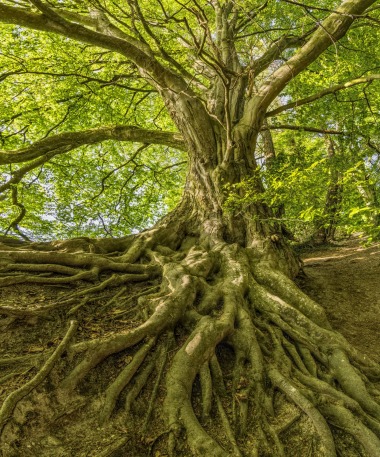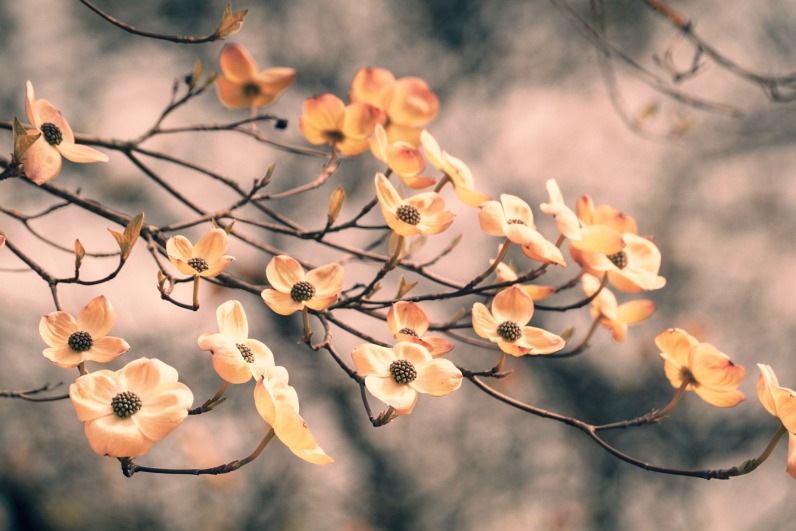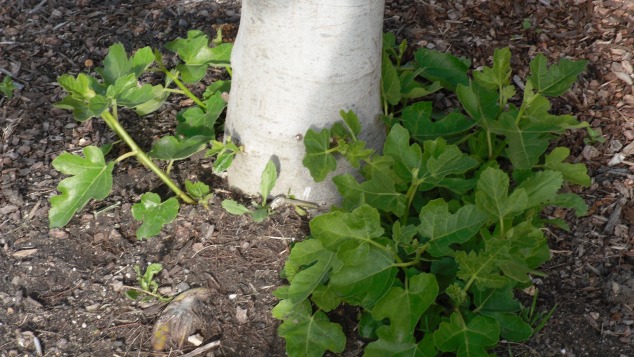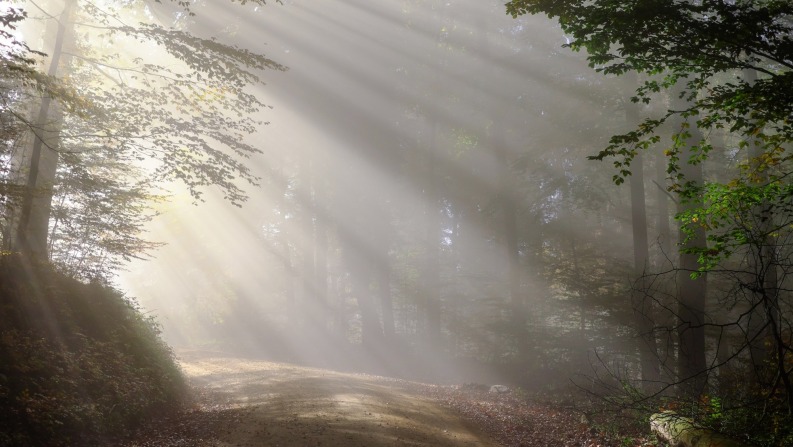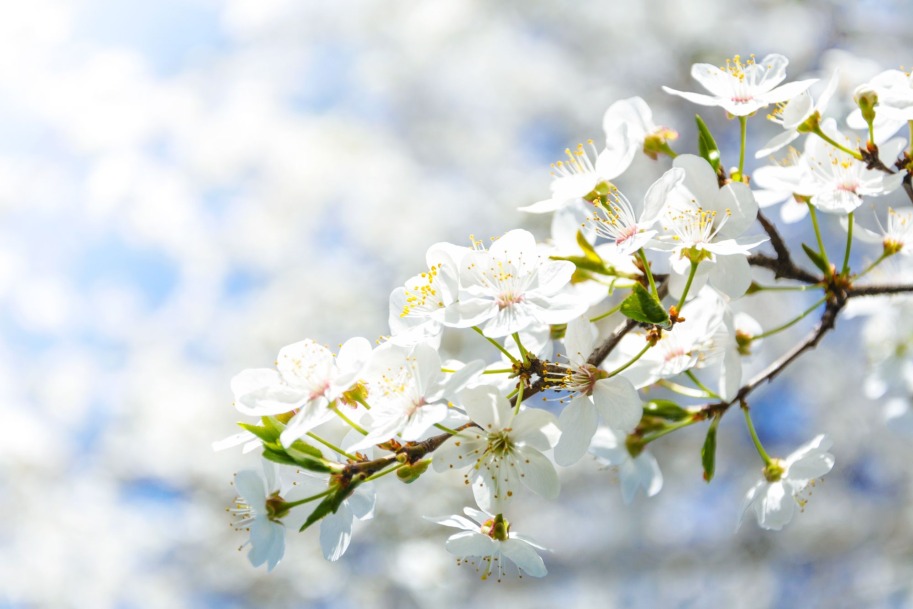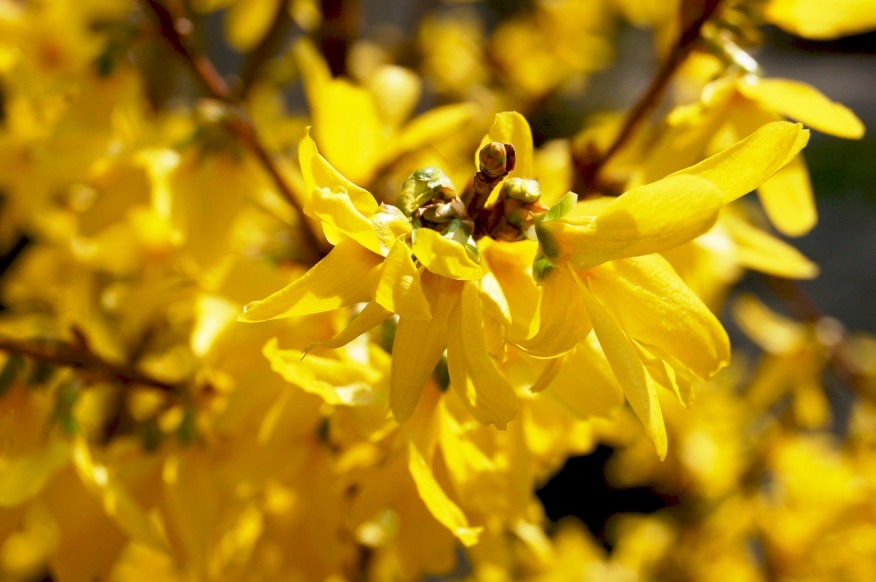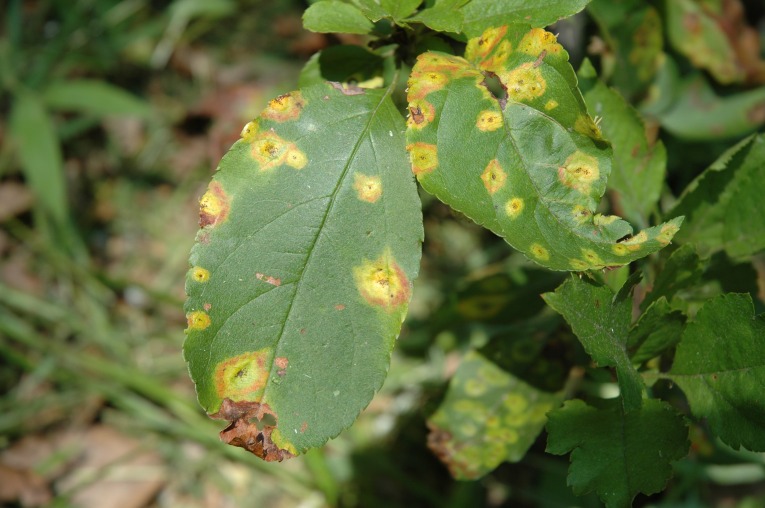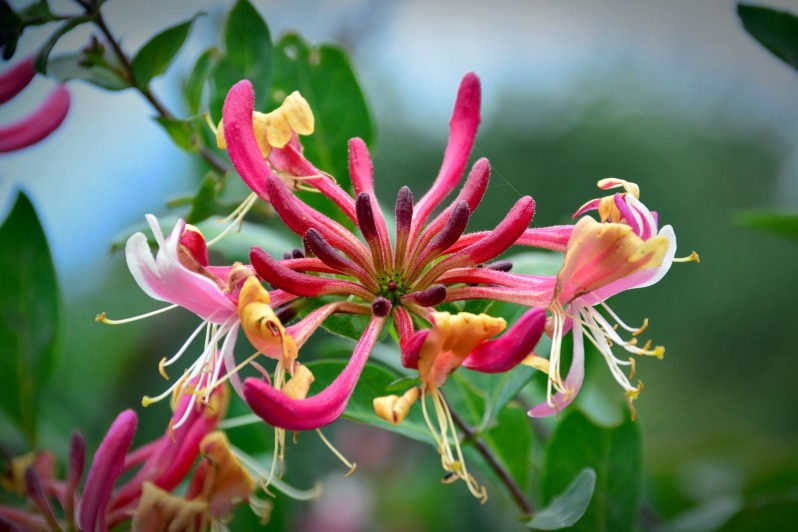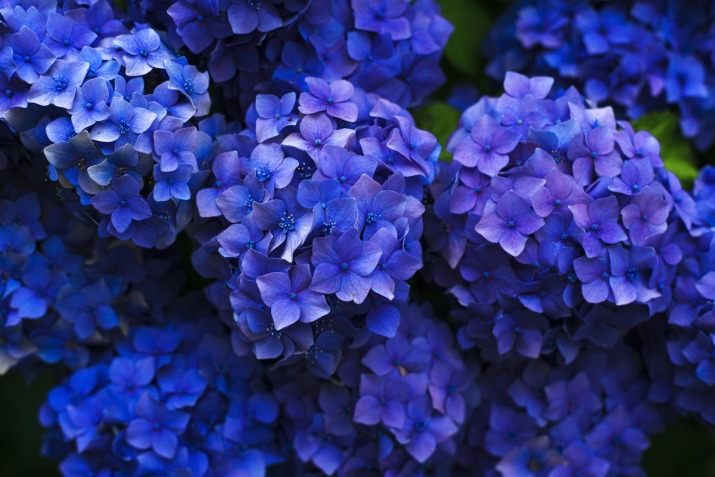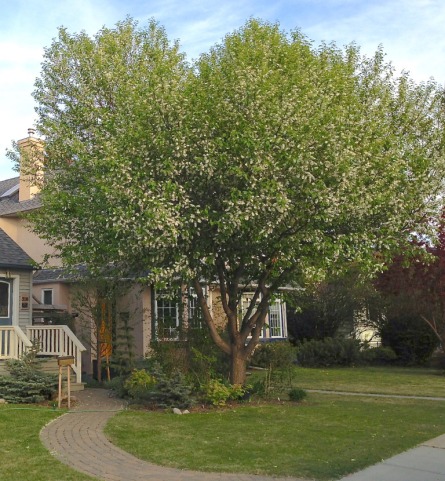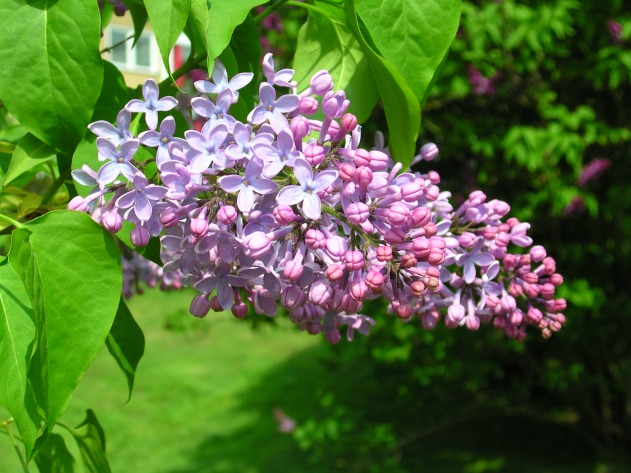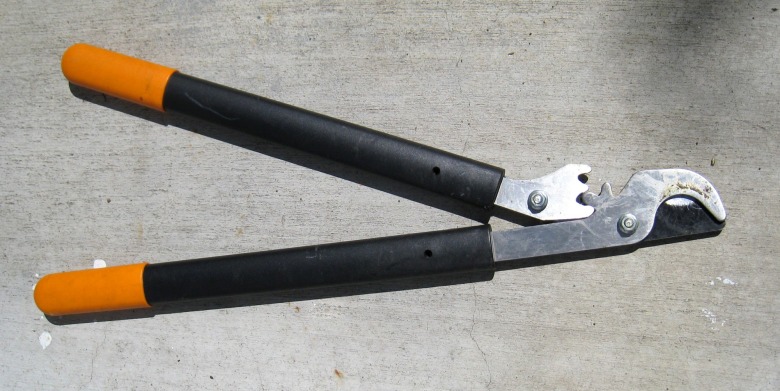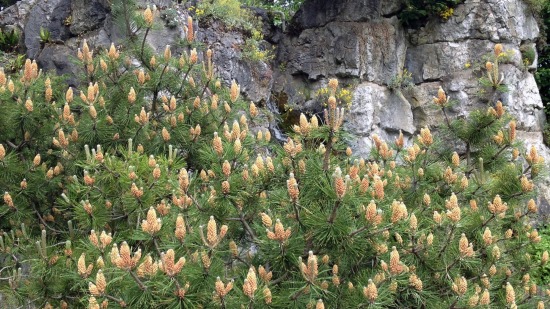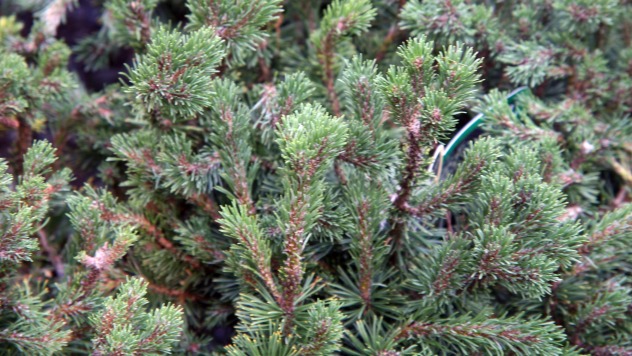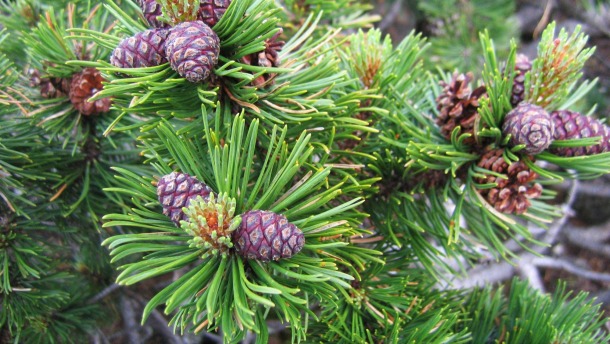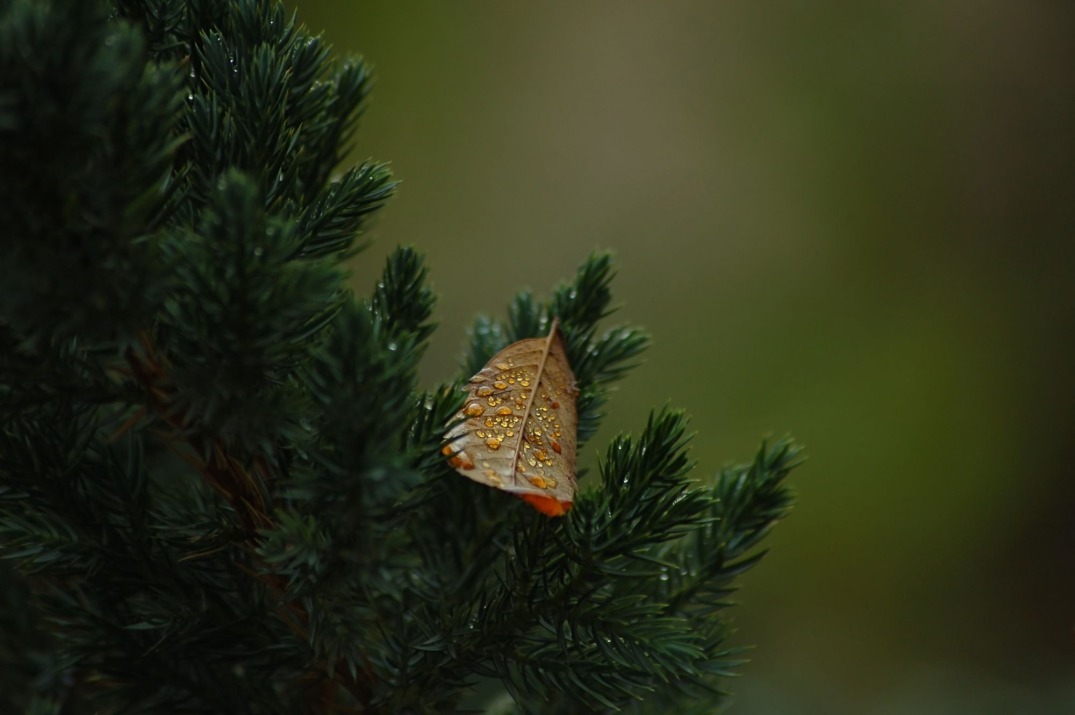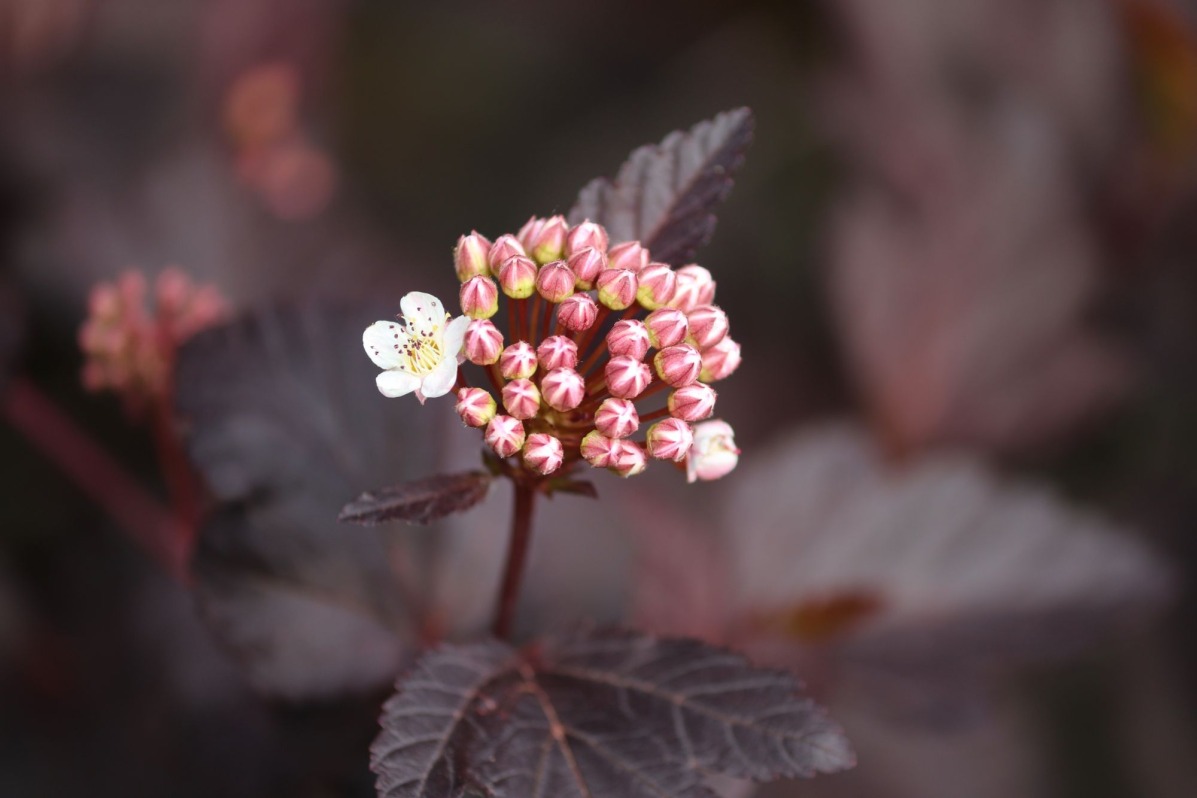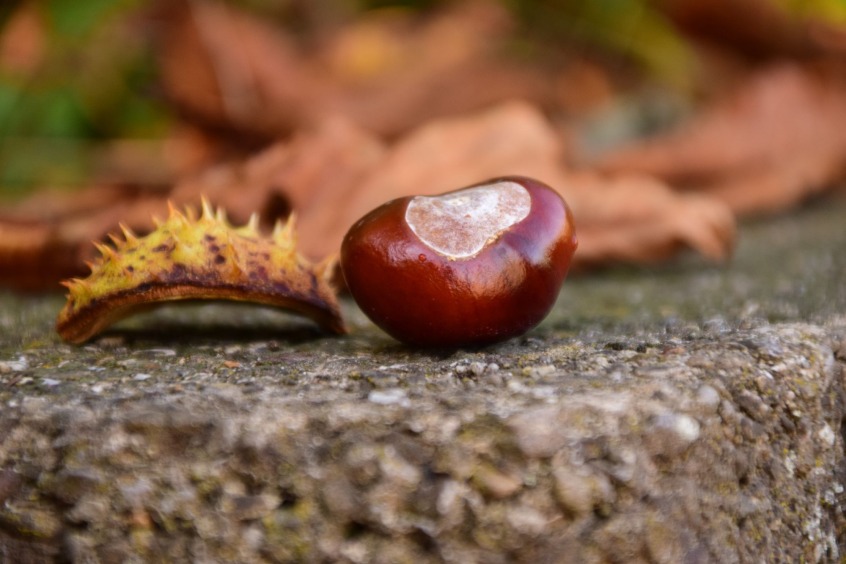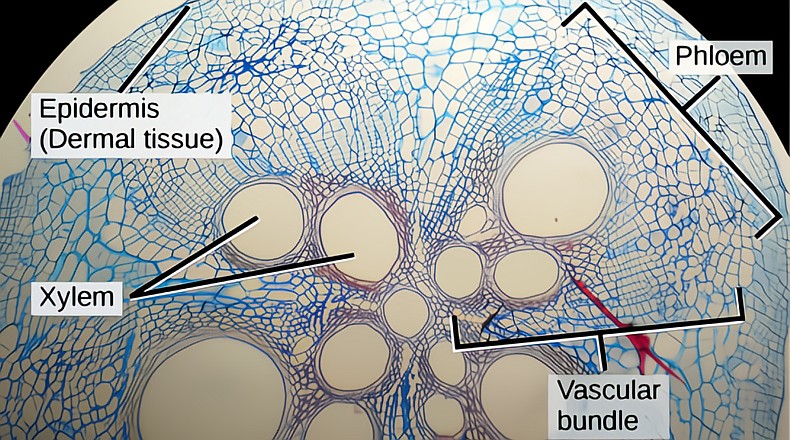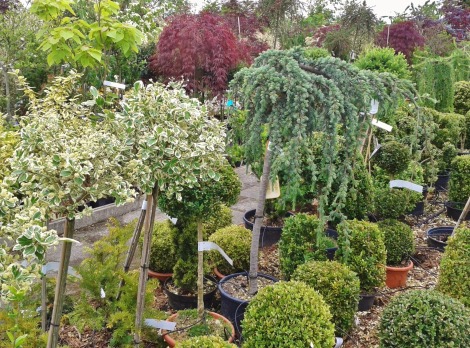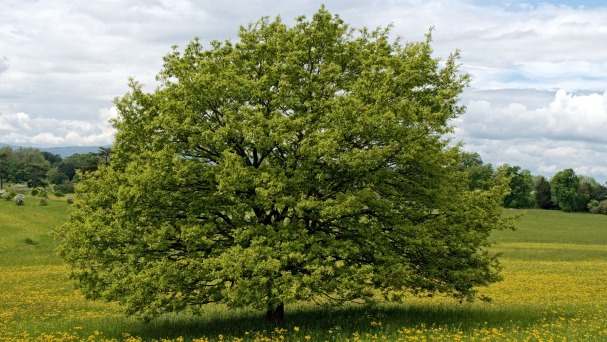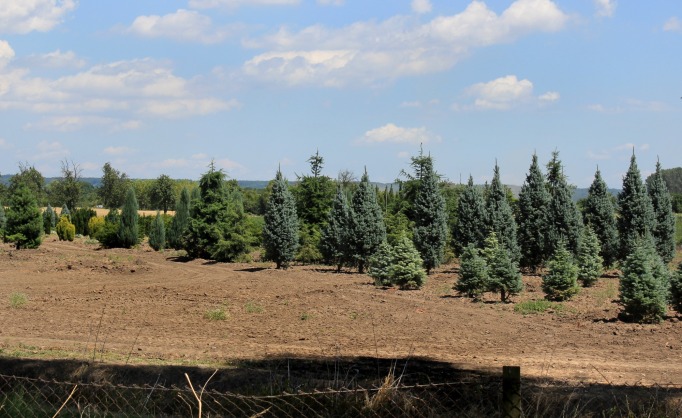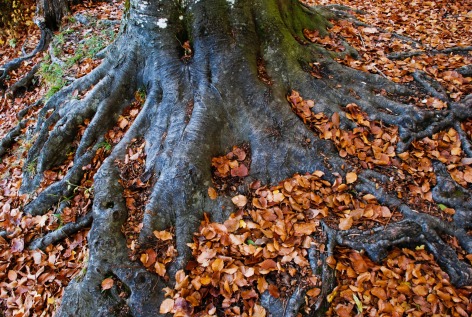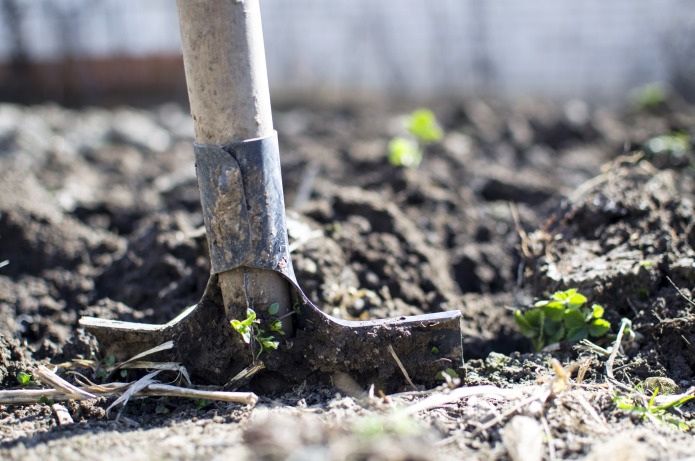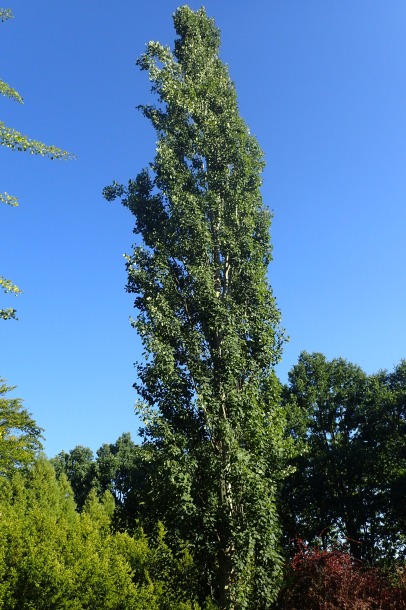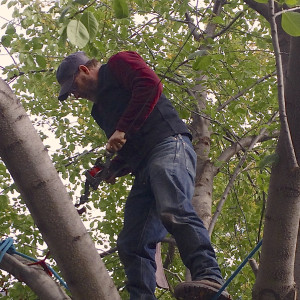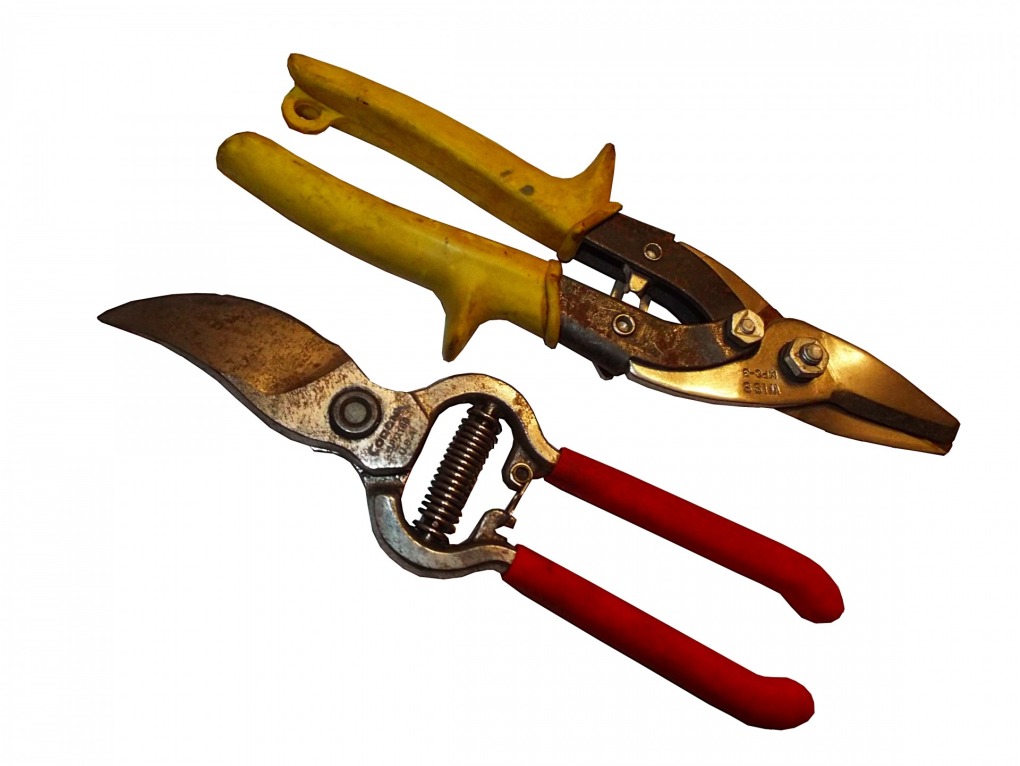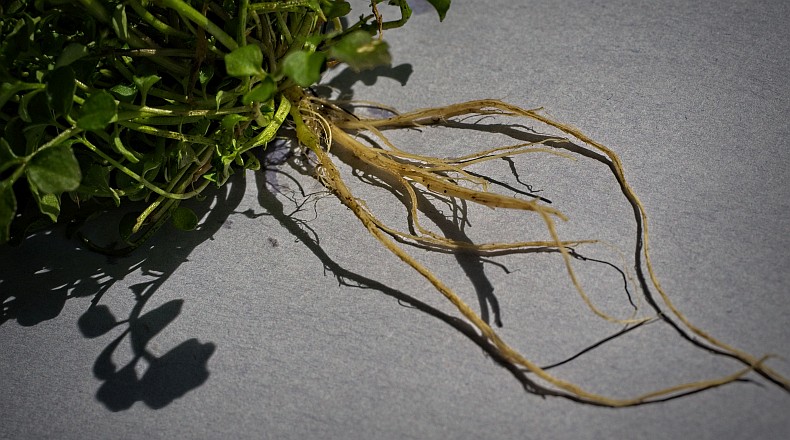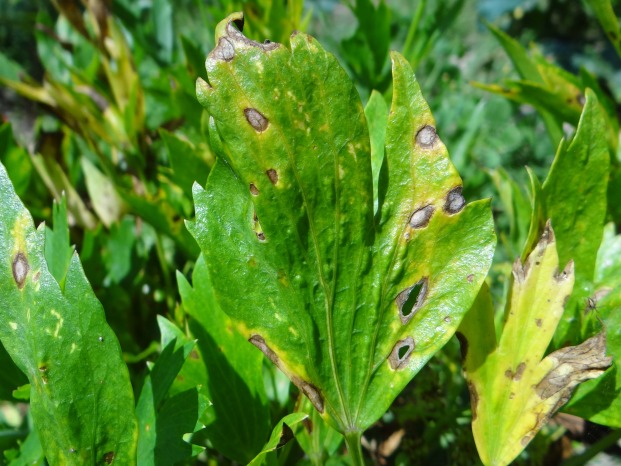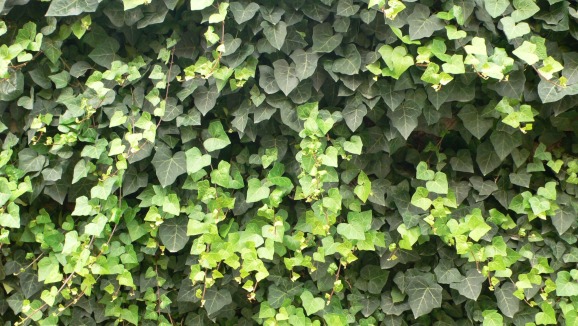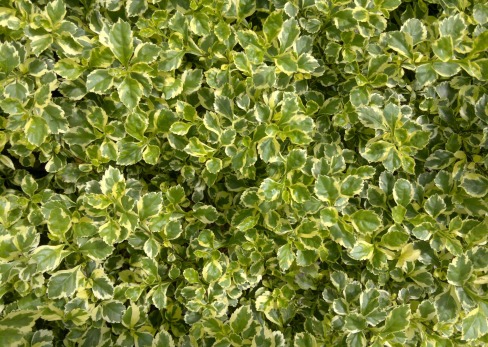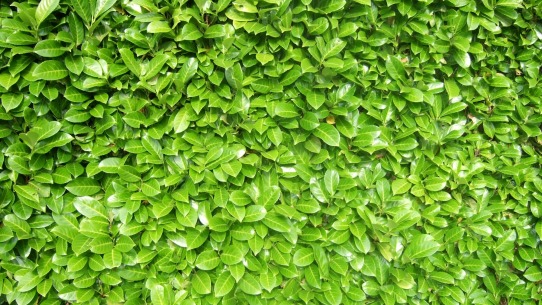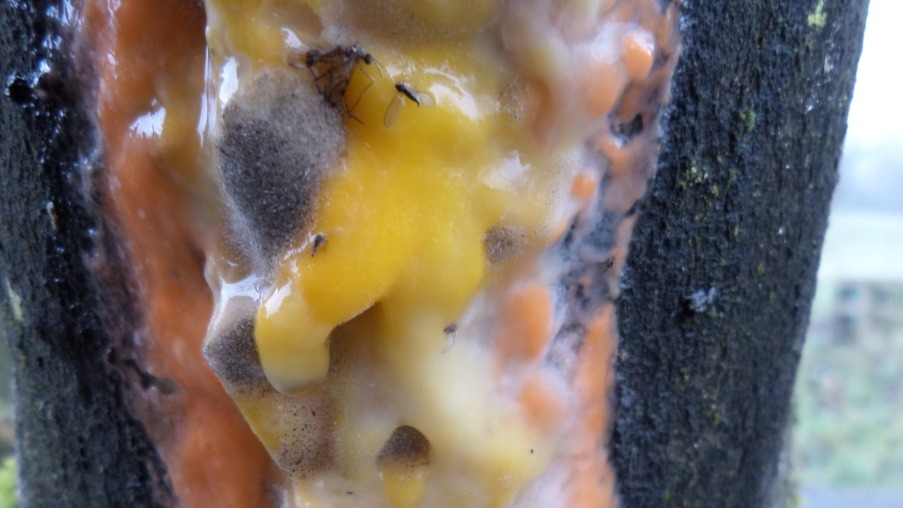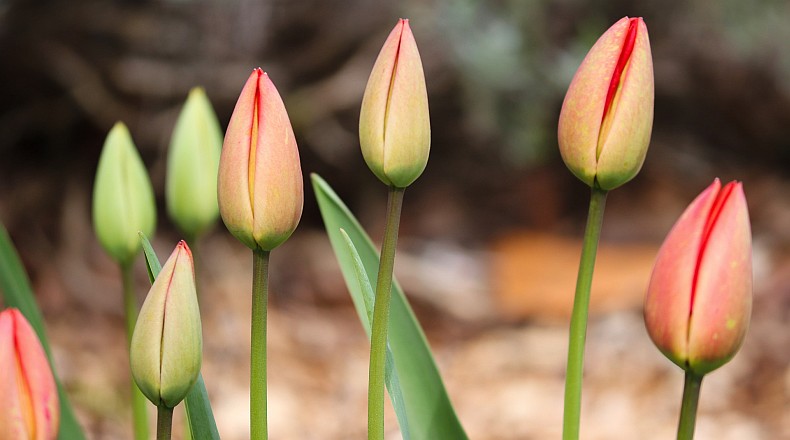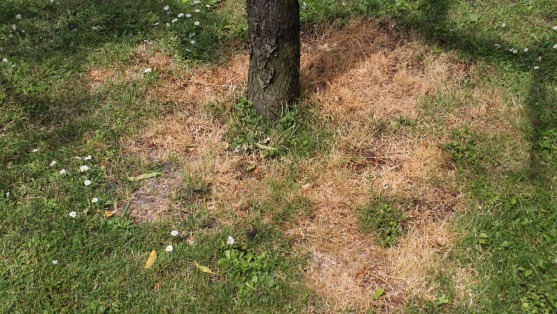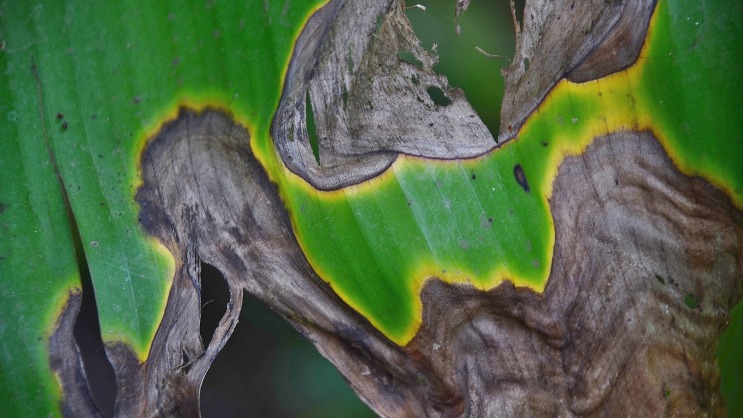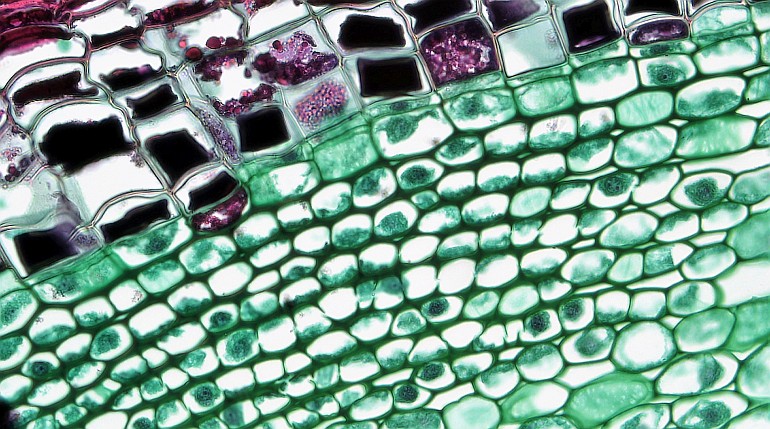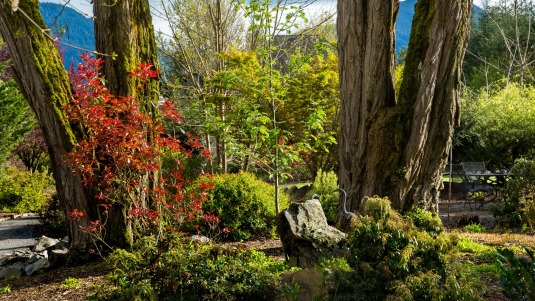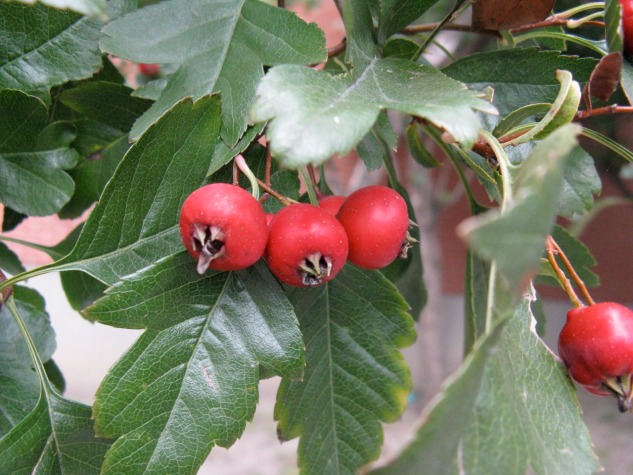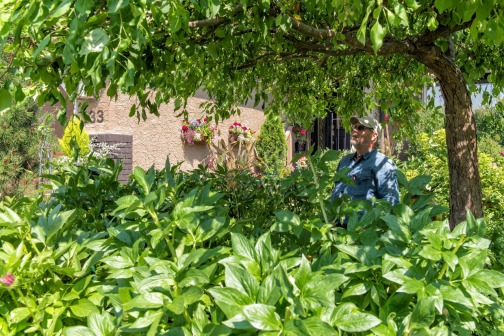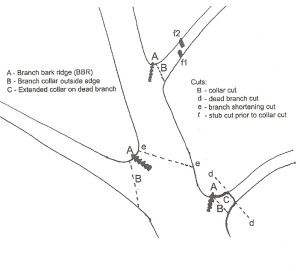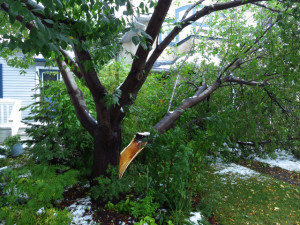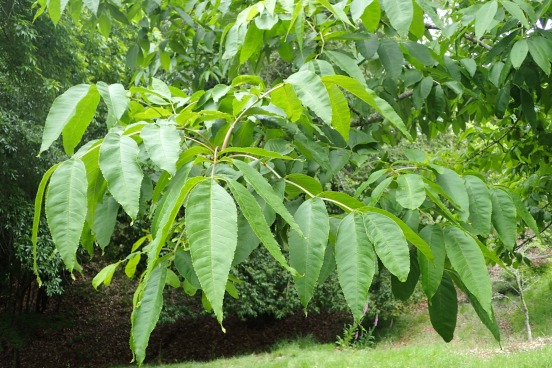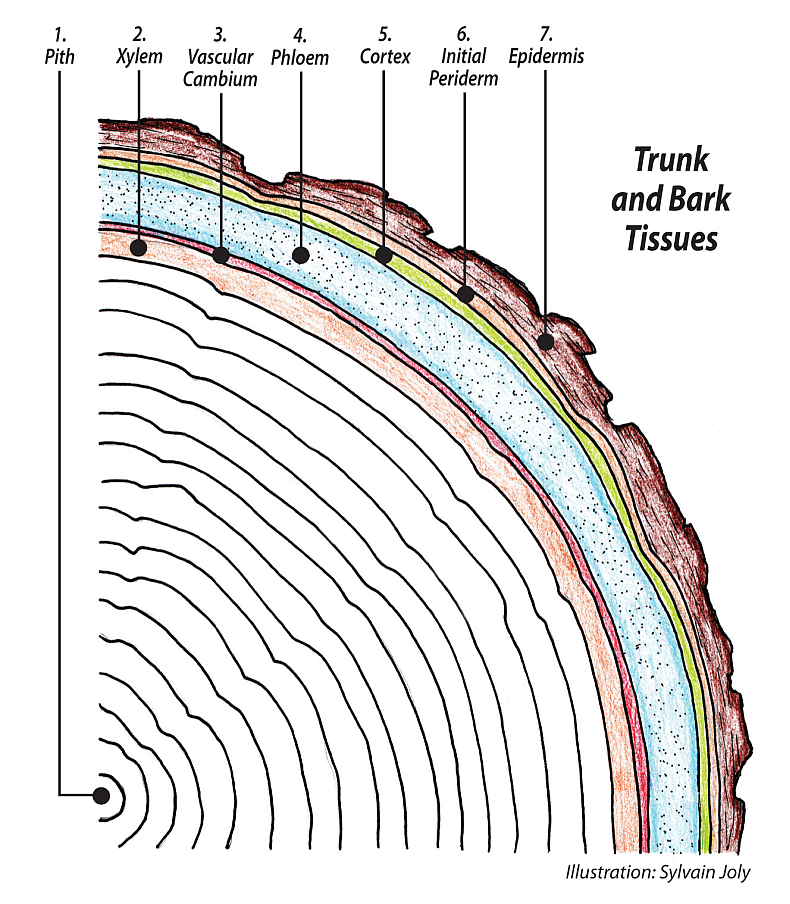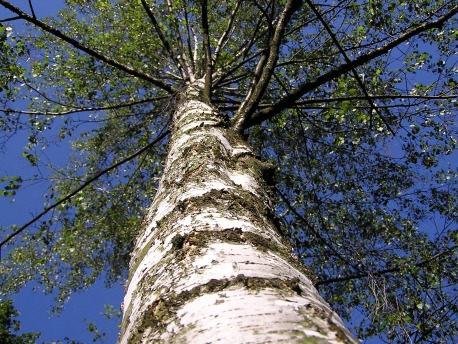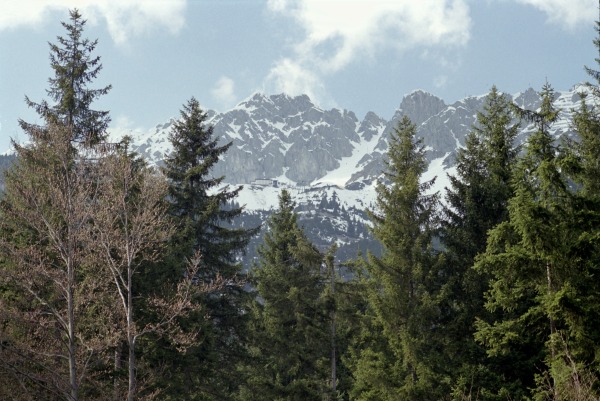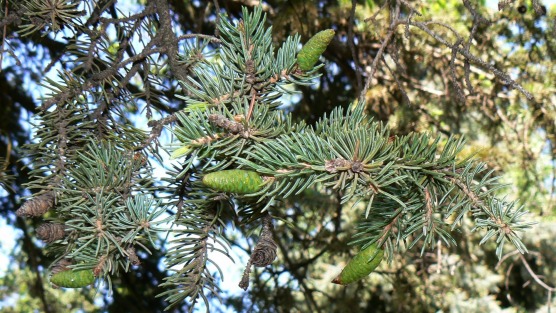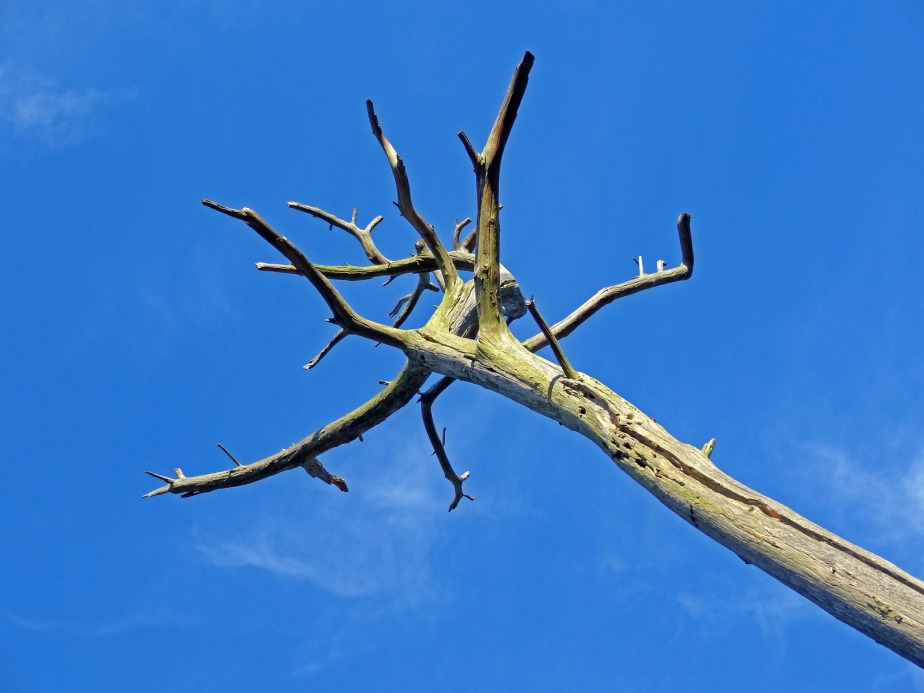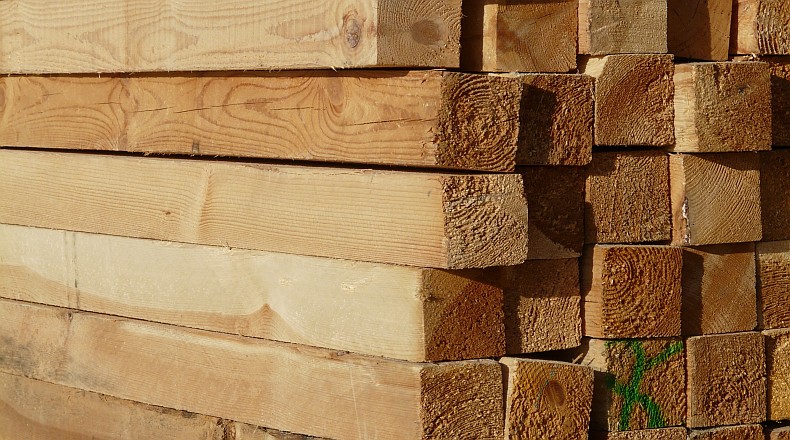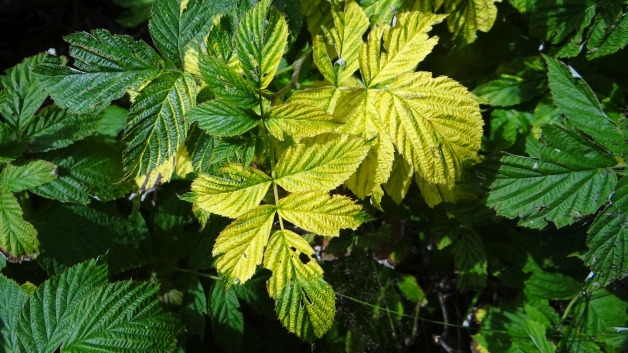Tree Care Articles
My articles page is the place where I have written about most aspects of arboriculture in Calgary. Everything in an arborists' trade, from tree care, trimming and pruning, arbor care, and even being a tree doctor. There are over 150 separate tree resource articles arranged alphabetically. Whether it's, "a mindset for healthy trees" all the way through to "yellow leaves", most of the important aspects of Calgary tree care are included. Have a look, prairie hardy fruit trees, selecting evergreens, tons on planting and pruning, please enjoy this free resource.
If you'd like to take a deeper dive into the internal workings of trees, check out my Botany Talks.
White Fly
- Details
- Written by Kevin R. Lee Kevin R. Lee
- Published: 11 April 2018 11 April 2018
The white fly inhabits the Virginia creeper, a climbing vine. This hardy vine is
best known for its amazing fall color. The presence of white fly is hard to miss;
when the vine is disturbed a small cloud of white flies will appear, to investigate the disturbance, to see what's the matter, to assess the threat, to relieve their curiosity, to establish ownership. If left alone they will continue feeding, drinking sap, creating innumerable white spots on the leaf surface. With a new generation approximately every month, you will have to be persistent to control them. The vine's leaves can become considerably discolored but, overall, white fly does little damage to the vine.
Spring?
- Details
- Written by Kevin R. Lee Kevin R. Lee
- Published: 10 April 2018 10 April 2018
After many false starts and disappointments, three certain signs and changes have been seen.
(Photo credit: “2015-03-27 15 47 17 Quaking Aspen catkins at Great Basin College in Elko, Nevada" by Famartin, licensed under CC BY-SA 4.0.)
Willow Redgall sawfly
- Details
- Written by Kevin R. Lee Kevin R. Lee
- Published: 09 April 2018 09 April 2018
These conspicuous red galls, like a short string of small red jelly beans in the leaf, are caused by a small sawfly. They look bad but are really quite harmless.
Female sawflies are approximately 4 mm long and are shiny black. After emerging and mating in the spring, the female inserts the eggs into the leaf tissue, where the galls and larvae begin to develop.
Later larvae leave the galls, fall to the ground and pupate. There are two generations per year.
Willow is this sawfly's only host.
(Photo credit: “Willow Redgall Sawfly - Pontania proxima ?" by gailhampshire, licensed under CC BY 2.0.)
Wolf Willow
- Details
- Written by Kevin R. Lee Kevin R. Lee
- Published: 08 April 2018 08 April 2018
Wolf willow is not a willow at all, but is a cousin to olive trees. The name's origin is lost in history; perhaps some prairie denizen who appreciated alliteration coined a beauty and it is here to stay. A signature plant of the northern prairies, its mind-stopping scent takes prairie folks back home. Just ask Wallace Stegner; his description of coming home to the family farmstead in southern Saskatchewan fifty-plus years after his childhood is reminiscent of wolf willow.
It's a tough native with silvery blue leaves, and small annual yellow flowers with an amazing scent. You will either love it or not. These shrubs can get quite tall. Ten feet is not uncommon in maturity. I have favored a native garden for some time and feel that the wolf willow has to be included, but they thrive on the dry prairie, expanding into the grass through time. They are as tough a plant as you can find, and will have no trouble at all colonizing your garden, just like falling off a log. Ruthless cultivation and cutting back is my preferred method of control. Sounds tough, but necessary. This prairie ruffian needs constant guidance with his manners. It is worth the trouble, though; the color and early summer scent are priceless.
Another name not in regular usage is silverberry. This refers to the fruit, which has a sweet mealy flesh, edible and, well, strange. Inside is a beautiful seed, once used as a bead. The size of an XL grain of wheat, it has alternating brown, green and yellow stripes.
(Photo credit: “Silber-Ölweide (Elaeagnus commutata) 5824" by Hedwig Storch, licensed under CC BY-SA 3.0.)
Woolly Elm Aphid
- Details
- Written by Kevin R. Lee Kevin R. Lee
- Published: 07 April 2018 07 April 2018
The woolly elm aphid's activity creates the obvious little "snowballs" in our American elm varieties. These snowballs are a small cluster of leaves covered with a white wax secreted by the adult aphids. These aphids also produce lots of honey dew. The first sign of their activity is the curling of elm leaves. Later the snowballs appear, which with time become clusters of brown leaves. The adults themselves are 3 mm long, black with legs. The clusters of brown leaves usually persist during the winter. This insect does no measurable damage to the host elm Tree.
(Photo credit: “Woolly aphid" by Tmaq97, licensed under CC BY-SA 3.0.)
Articles Index
- A Mind Set for Healthy Trees
- A New Tree Care Philosophy
- A Practical Working Model of Your Tree, Part One: Mostly Roots
- A Practical Working Model of Your Tree, Part Three: Leaves
- A Practical Working Model of Your Tree, Part Two: Trunk and Stem
- A weeping apple, some deer, and an arborist
- A Year in the Life of Your Tree - 1
- A Year In the Life of Your Tree - 2
- A Year In the Life of Your Tree - 3
- A Year In the Life of Your Tree - 4
- A Year In the Life of Your Tree - 5
- A Year In the Life of Your Tree - 6
- A Year In the Life of Your Tree - 7
- A Year in the Life of Your Tree - 8
- An arborist thinks on compartmentalization
- An Arborist's Education
- Ash Leaf-Cone Roller
- Ash Trees
- Aspens
- Birch
- Botany 1: The whole tree
- Botany 2: What do trees eat?
- Bud Scars
- Burning Bush
- Calgary Soils
- Calgary weather, snow pack, and the drought
- Calgary, from a tree's perspective
- Calgary's Most Dangerous, Dutch Elm Disease
- Calgary's most dangerous: Pseudomonas syringae
- Calgary’s most dangerous: Black knot
- Calgary’s Most Dangerous: Fire blight
- Calgary’s Most Dangerous: The Yellow-Headed Sawfly
- Caragana
- Caring For Your Trees This Winter
- Cell Walls
- Cherry Shrubs
- Cherry Trees
- Conifer Introduction
- Conifer Shrubs
- Conifers
- Cotoneaster
- Cranberries
- Currants
- Debunking Old Tree Myths
- Demystifying Tree Pruning
- Diagnosing Tree Problems
- Diplodia Gall of Poplar
- Dogwoods
- Dr. Alex Shigo
- Eating Apples and Other Hardy Prairie Fruit
- Elders
- Elms
- Epidermis
- Fall Needle Drop of Conifers
- Fertilizer
- Fertilizer 1
- Fertilizer 2: Trees
- First post Feb 23 2018
- Flowering Crabs
- Forsythia
- Fungal afflictions
- Growing Trees in Calgary
- Growing trees in Calgary, hands-on
- Haiku for spring
- Hardiness Zones
- Hawthorns
- Honeysuckles
- How to Have a Successful Tree
- Hydrangea
- In Defence, the Bronze Birch Borer (BBB)
- Introduction to Botany Talks
- Kate's Mayday
- Lack of connection
- Leaves
- Lilacs: French
- Lilacs: Pruning
- Linden
- List of Best Calgary Tree Choices - Evergreens
- Maintaining your pruning tools
- Maples
- Meristems: SAM and RAM
- Mid-Season Gratitude Post
- Mock Orange
- Mountain Ash
- Mugo Pines 1
- Mugo Pines 2
- Mugo Pines 3: Pruning
- My readers, my reasons
- Native Shrubs
- Needle Casts of Spruce
- Ninebark
- Oaks
- Ohio Buckeye
- Old Hacked Apple Trees -- Pruning a Tangle
- Organic Tree Work, Empowering Trees and People.
- Oyster Shell Scale
- Phloem
- Phomopsis Canker of Russian Olive
- Planting 1: Species selection
- Planting 2: Site selection
- Planting 3: Buying your tree
- Planting 4: Root crown identification
- Planting 5, Digging the hole, planting the tree
- Planting 6: Staking
- Planting 7: Watering
- Planting a Tree - Selection
- Planting a Tree - Setting, Staking and Watering
- Polemic and straight talk: the Swedish Columnar Aspen
- Poplars
- Proper Tree Pruning
- Pruning - More Reasons Why
- Pruning in Calgary with Nature in Mind
- Pruning Theory - Tools
- Pruning Theory - Why?
- Pruning tools you need
- Quotes
- Random thoughts from a Calgary Arborist and Tree Surgeon
- Reference books for Arboriculture
- Roots
- Russian Olive
- Septoria Canker on Poplar
- Shrub Introduction
- Shrub Pruning 1 - Theory
- Shrub Pruning 2 - Size Control
- Shrub Pruning 3 - Final
- Shrub Pruning for Size Control
- Shrub Pruning for Size Control 2
- Shrub Pruning Theory
- Slime Flux
- Soils - 1
- Soils - 2
- Spring?
- Stems
- Symptoms of a dry tree
- Symptoms of a sick tree
- The Mountain Ash
- The Three Cell Types
- Thinking of becoming an arborist?
- Toba Hawthorn: Pruning a tangle
- Tree Poem
- Tree Pruning Theory
- Tree Repair
- Tree Repair - 1
- Tree Repair - 2
- Tree Repair - 3
- Tree Repair - 4
- Trees and Their Interactions with Other Organisms
- Two Failures, Griffin Poplar, Manchurian Ash
- Vascular Cambium
- Walnuts
- Watering
- Watering a Birch
- Watering Calgary Trees
- Western Gall Rust of Pines
- What is Tree Whispering?
- When Should a Tree Be Removed?
- White Fly
- White Spruce
- Why is My Tree Dying?
- Willow Redgall sawfly
- Willows
- Wolf Willow
- Woolly Elm Aphid
- Xylem
- Yellow leaves: Chlorosis


